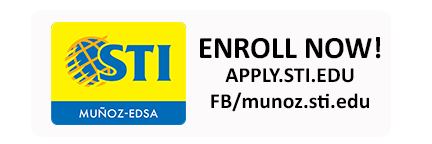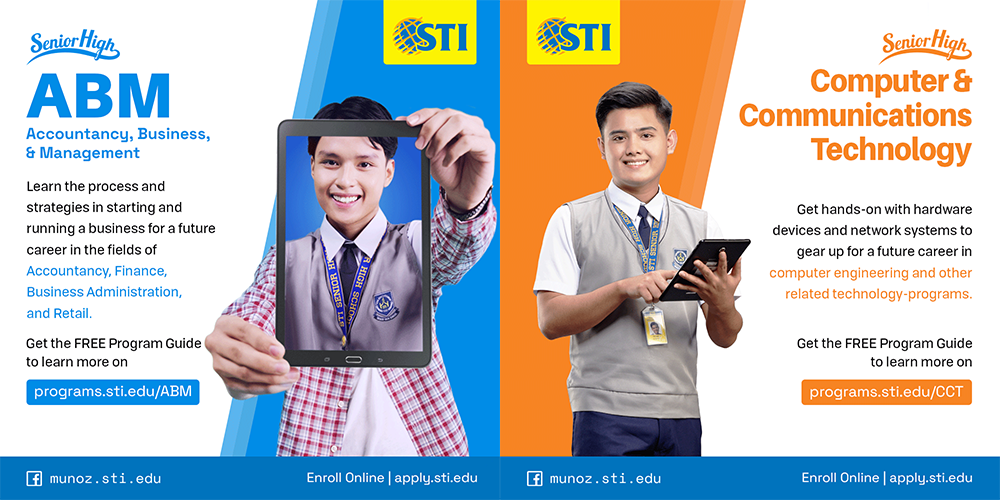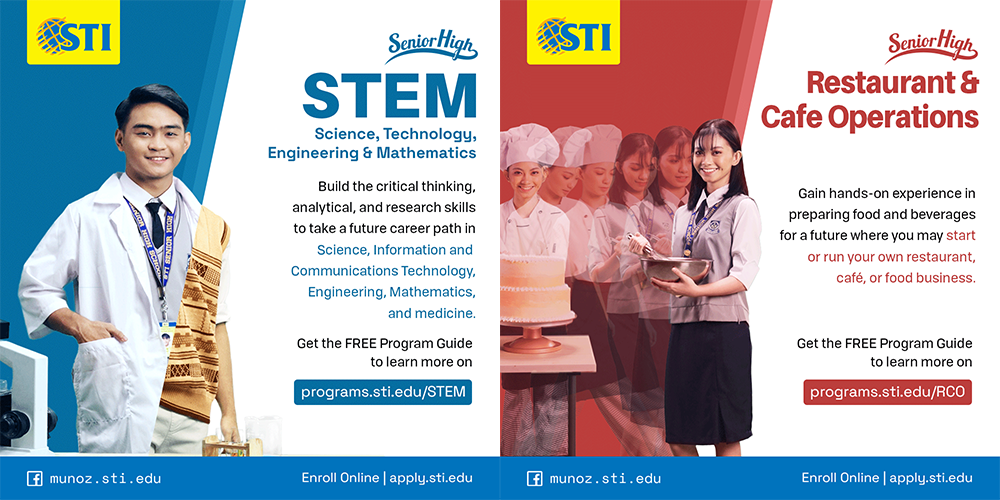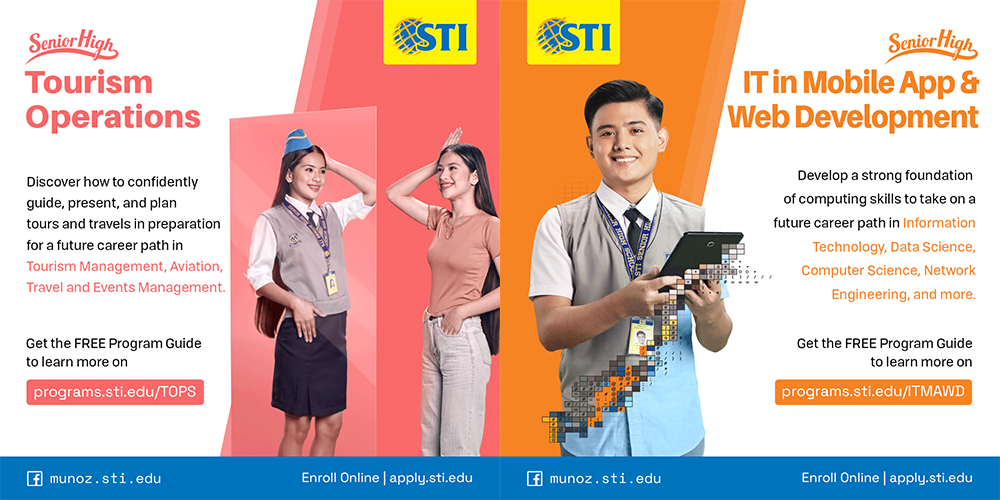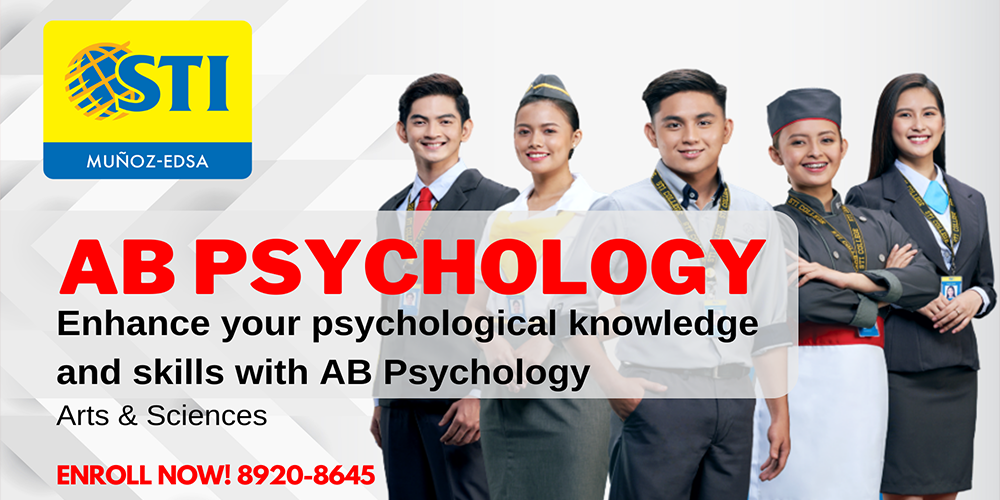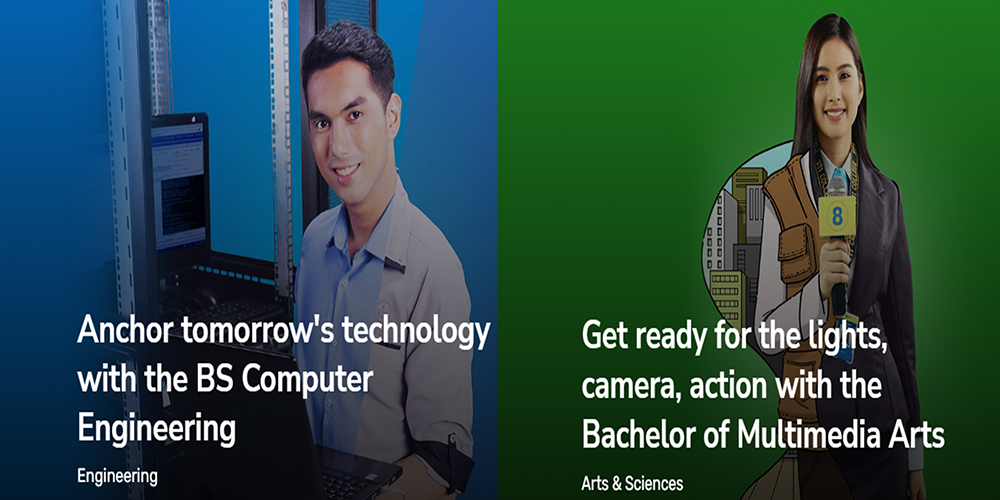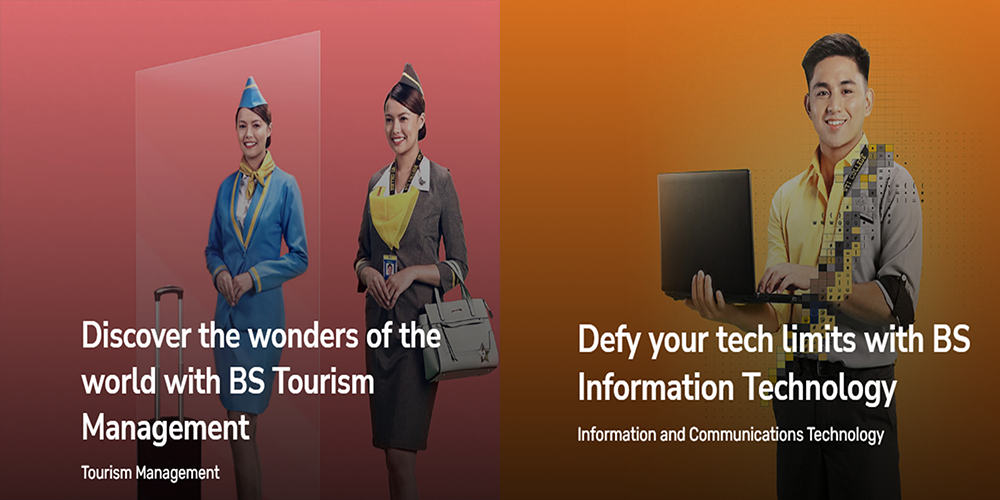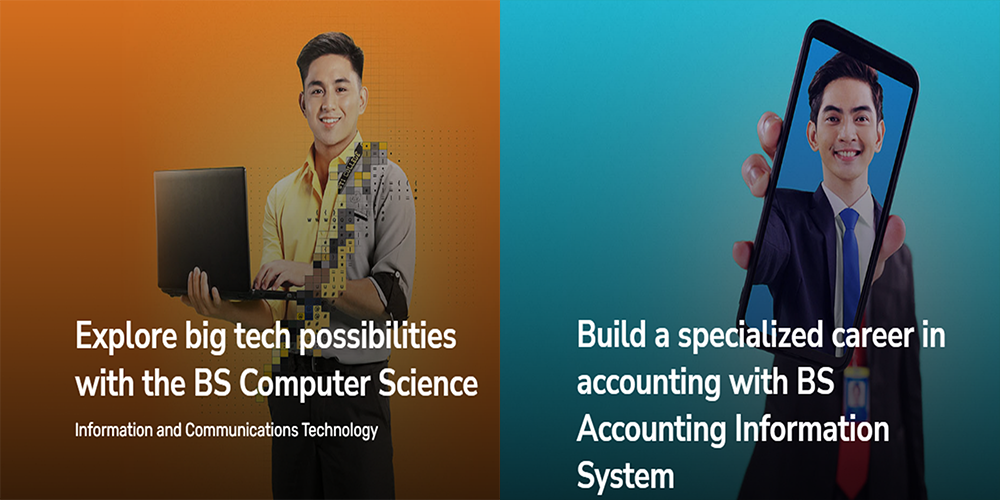Top 10 Strategic Technology Trends For 2013
Reposted from: Billing World
Technology trends of the future need to be considered today. That’s why Gartner has highlighted the top 10 technologies that will be strategic for most organizations in 2013. Gartner is the world’s leading information technology research and advisory company.
Gartner defines a “strategic” technology as one with the potential to significantly impact enterprises over the next three years. Below is the list of Gartner’s findings to help IT leaders factor in upcoming trends when planning their future processes. It should prove interesting to non-IT types also.
Top 10 Strategic Technology Trends for 2013
… as highlighted at Gartner Symposium IT Expo 2012 The World’s Important Gathering of CIOs and Senior IT Executives last October 21-25, 2012 in Orlando, Florida.
 Mobile Device Battles
Mobile Device Battles
- By 2013, mobile phones are predicted to take over as the most common Web access devices, booting PCs out of the top spot.
- More than 80 percent of handsets sold in mature markets will be smartphones in 2015, but only 20 percent will be Windows phones.
- Media tablet shipments will be about half that of laptop shipments, and Windows 8 will likely be in third place ― behind Google’s Android and Apple’s iOS.
 Mobile Applications and HTML5
Mobile Applications and HTML5
- For the next few years, no single tool will be optimal for mobile applications ― so expect to employ several.
- Six mobile architectures will remain popular: native, special, hybrid, HTML5, Message, and No Client
- As HTML5 becomes more capable, there will be a long-term shift from native apps to Web apps.
- Native apps won’t disappear and will always offer the best user experience and most sophisticated features.
 Personal Cloud
Personal Cloud
- The personal cloud will gradually replace the PC as the center of Web users’ digital lives.
- Users will see the personal cloud as a portable, always-available place where they can go for all their digital needs.
- Focus will shift from the client device to cloud-based services delivered across devices.

Enterprise App Stores
- Enterprises must deal with multiple stores, payment processes and sets of licensing terms as some vendors limit their stores to specific devices and types of apps.
- Many organizations will deliver mobile applications to workers through private application stores by 2014.
- Role of IT shifts from centralized planner to market manager providing governance and brokerage services to users ― potentially even an ecosystem to support “apptrepreneurs.”
 The Internet of Things
The Internet of Things
- The Internet will expand as physical items like consumer devices and physical assets are connected to the Net.
- Key elements of IoT in mobile devices: embedded sensors, image recognition technologies, NFC payments
- Smartphones and intelligent devices no longer just use the cellular network ― they communicate via NFC, Bluetooth, LE and Wi-Fi to wristwatch displays, health-care sensors, smart posters and home entertainment systems.
- The IoT will enable numerous new applications/services
 Hybrid IT and Cloud Computing
Hybrid IT and Cloud Computing
- Internal cloud services brokerage role is emerging as IT organizations realize responsibility to improve consumption of cloud services for users and business partners.
- This CSB role represents a means for IT organizations to retain/build influence in the organization and become value centers while facing challenges related to an increased adoption of the cloud.
 Strategic Big Data
Strategic Big Data
- Big Data is shifting the focus from individual projects to an influence on enterprises’ strategic information architecture.
- Organizations will abandon the concept of a single enterprise data warehouse containing all info needed for decisions.
- Movement toward multiple systems, including content management, data warehouses, data marts and specialized file systems tied in with data services and metadata
 Actionable Analytics
Actionable Analytics
- Improvement of performance and costs allows IT leaders to perform analytics and simulation for every action taken in the business
- The mobile client linked to cloud-based analytic engines and big data repositories could enable use of simulation everywhere, every time.
- This new step empowers more decision flexibility of every business process action.
 In-Memory Computing
In-Memory Computing
- IMC can squeeze batch processes normally lasting hours into minutes or seconds.
- These processes are provided in the form of real-time or near real-time services and delivered to users in the form of cloud services.
- Numerous vendors will deliver in-memory solutions over the next two years, driving this approach into mainstream use.

Integrated Ecosystems
- Shift to more integrated systems/ecosystems
- Driving this trend: (1) User’s desire for low costs, simplicity and assured security and (2) vendor’s ability to control solution stack and obtain greater margin of sale
- In the mobile world, vendors like Apple, Google and Microsoft drive control across the end-to-end ecosystem, extending the client through the apps.
Disclaimer: The college claims no credit for any images and articles featured on this webpage unless otherwise noted. All visual content are copyright to its respectful / considerate owners. Should you own any of the contents posted above, please notify us so that we can remove it from this page.
This entry was posted in News and Events, Student Corner on .
